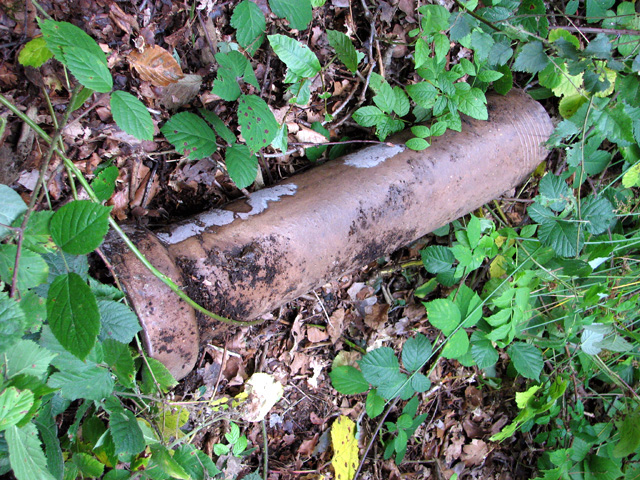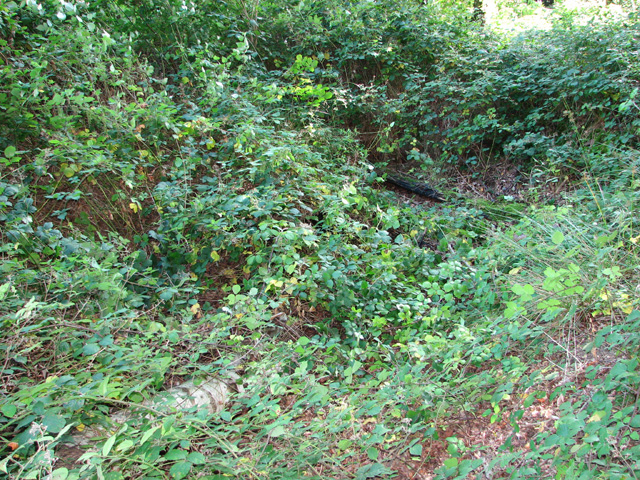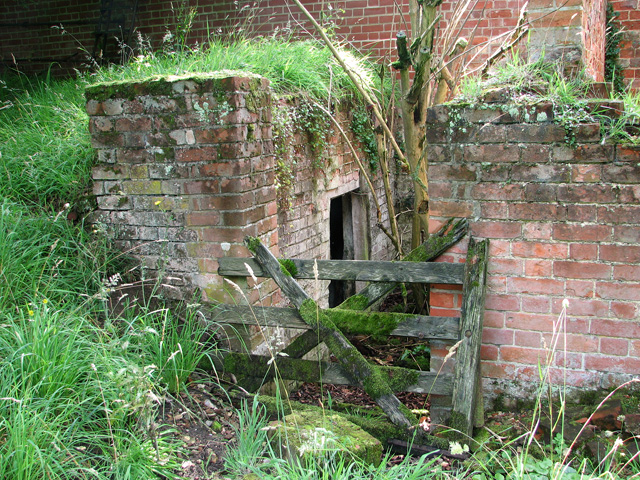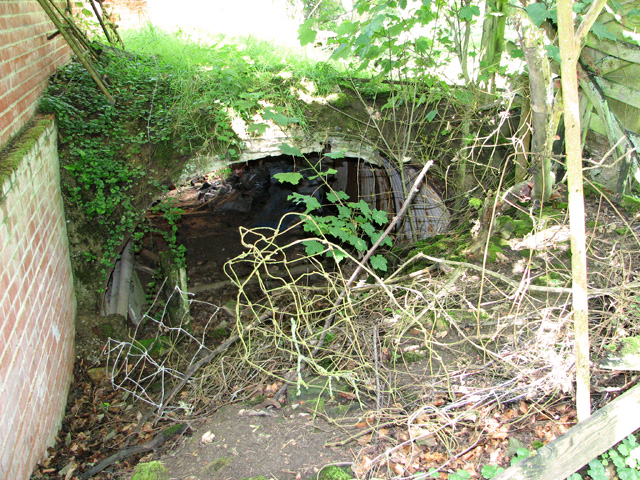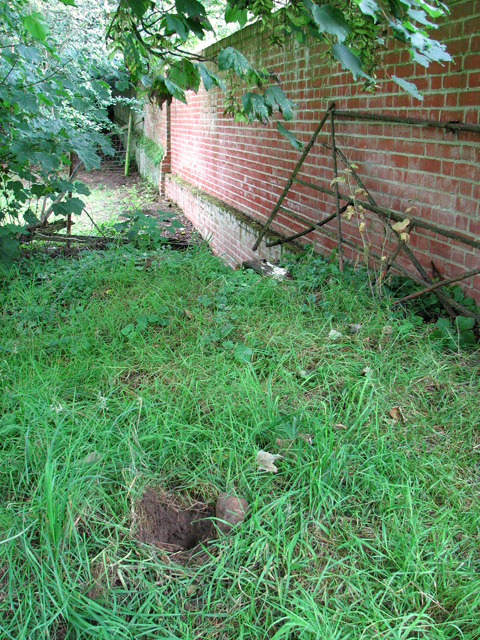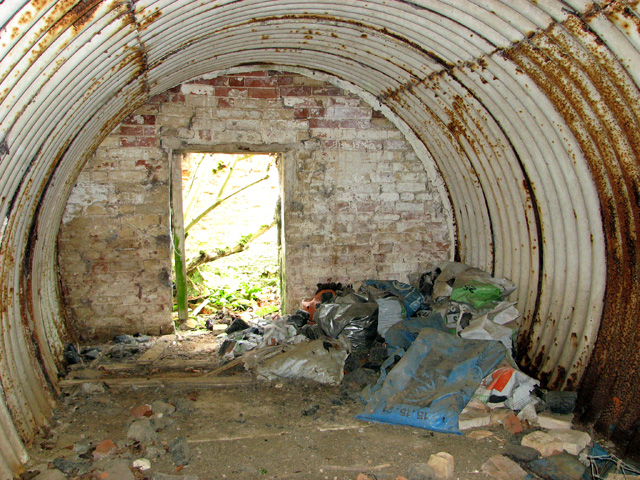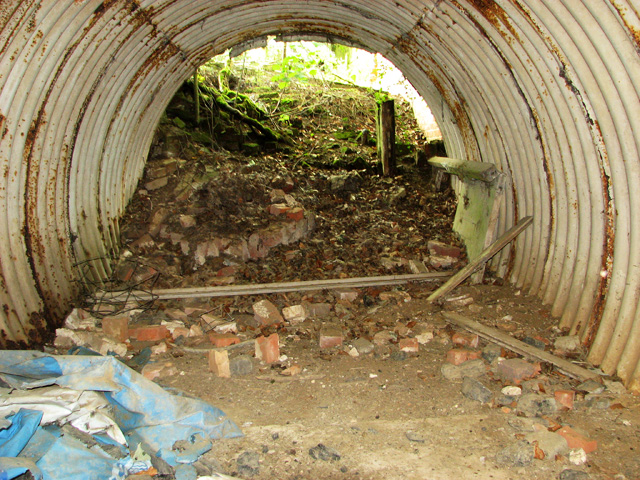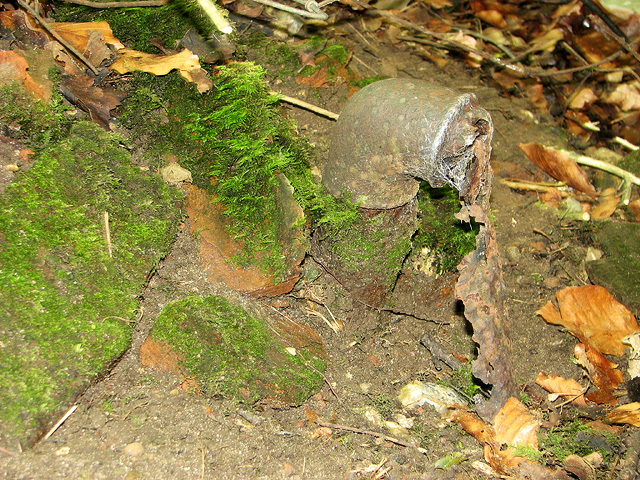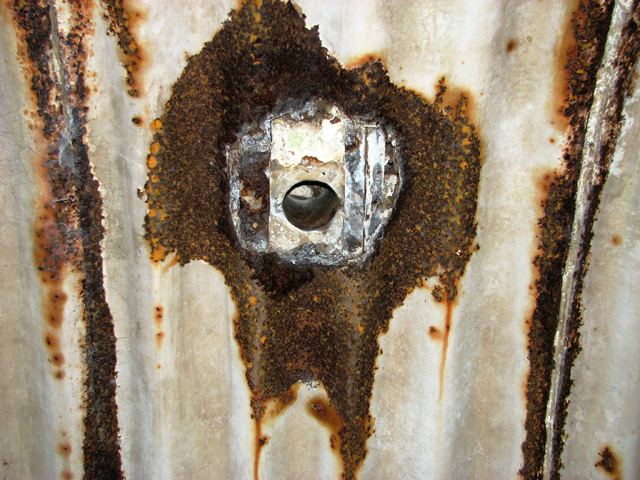Thursford village is 16 miles southwest of Cromer, 24 miles northwest of Norwich. The village lies 7 miles northwest of the nearby town of Fakenham.
| Name | Occupation | Posted from | Until |
|---|---|---|---|
| Sergeant Alexander Cargill | Farmer |
1942 (late) | 03 Dec 1944 |
| Corporal Bernard Henry Flint | Agricultural worker & farmer |
1942 (late) | 03 Dec 1944 |
| Private Anthony Josiah Fisher Bailey | Student later Farmer |
1942 (late) | 03 Dec 1944 |
| Private Charles Alfred Fisher Bailey | Dairyman & farm manager |
1942 (late) | 03 Dec 1944 |
| Private Philip Pullyn Boulter | Public works labourer |
Unknown | 03 Dec 1944 |
| Private T. Brock | 1942 (late) | 03 Dec 1944 | |
| Private Charles Thomas Colman | Agricultural labourer |
1942 (late) | 03 Dec 1944 |
| Private Edward William Cook Davies | Carpenter |
1942 (late) | 03 Dec 1944 |
| Private Henry Clarke Lewis | Agricultural labourer |
1942 (late) | 03 Dec 1944 |
| Private Alfred Cornelias Elisha Smith | Farm worker |
1942 (late) | 03 Dec 1944 |
The Patrol had two OBs.
According to an account given by Patrol member Anthony Bailey (in: A Hoare), the Patrol’s first OB was built by the regular Army and situated in Thursford Wood. Due to regular flooding it had to be replaced by another which was built by near Thursford Hall by the Patrol members themselves.
The entrance is described as having been beside an outside lavatory seat and it had a trapdoor contraption. The OB contained a gas stove and a telephone and it had an escape tunnel. About 17 years ago the perimeter wall separating the Hall from the adjoining property, the former stables, collapsed, and was rebuilt along the whole length of the OB and what we believe to be the route of the emergency escape tunnel.
First OB was located in Thursford Wood. The location is about 650 metres distant from the second OB site and lies 170 feet ASL. Considering that OB number 2 lies about 100 feet higher it can safely be said that the Patrol wanted to make sure that their second OB would not be suffering from flooding as their first one soon did.
As a 4-year old boy, Mr Tom Cushing watched with his older brother from their home, Laurel Farm (now home of the famous Thursford Collection), as a group of about 20 regular army soldiers crossed one of their cornfields in single file, heading towards the part of Thursford Wood known as Lawn Plantation. Curious, the two boys followed the soldiers’ trail some time later and they came upon a small 1.50 (5 feet) square dugout that was slowly filling with water. They revisited the woodland after several more days and found a new dugout about 20 metres away from the first. They also discovered and peered down the trapdoor but they did not dare go down the shaft. This was Thursford Patrol’s first OB, described by Patrol member Anthony Bailey. It is situated about 50 metres away from the road and about as far from a farm track that skirts the woodland’s edge. A clearly defined rectangular depression, situated right at the boundary between the Hall and Thursford Wood, is all that remains. In the 1940s, a fence would have run along this boundary where brambles now bar access.
The OB was of a flat-topped design with earthen walls that were presumably stabilised with corrugated sheeting of which a small piece was found on the site. The depression is a good metre deep and measures 6.50 x 3.30 metres (20 x 10 feet) approximately. The OB’s roof has collapsed more than two decades ago. The entrance shaft appears to have been at one corner. The 7 metres (24 feet) long, doglegged emergency escape exit led out the opposite end, further into the woodland and away from the road, terminating beneath a rhododendron bush. Four sections of glazed ceramic vent pipes remain roughly in situ and one of the roof beams is also still in place, although very much deteriorated. The waterlogged smaller dugout, found by the two boys only about 20 metres distant, was probably intended to be used as an ammo store. No trace of it remains.
Our thanks go to Mr Cushing for taking us straight to the spot.
This was was replaced by OB near the stable block of Thursford Hall.
We were directed to what turned out to be the OB site by the property owner. The OB is situated in what is now a private garden, built right up against the brick wall separating the grounds of the Hall from the stable block and outbuildings.
The main chamber and entrance end wall intact; exit end wall collapsed. The emergency escape tunnel collapsed. The OB size is 5.50 x 3m and it is orientated NW/SE – 288ft ASL
It was accessed via a brick-built outdoor toilet that is still in place, albeit without its roof and missing the toilet bucket. The OB entrance doorway is in one of the privy’s sidewalls.
The interior walls of the curved corrugated sheets forming the main chamber are painted white, as is the brick wall near the entrance. The entrance doorway has a wooden frame, also painted white.
A ceramic vent pipe emerges at the bottom of the north-west corner.
A number of modern fertilizer bags stored beside the entrance doorway contain what appear to be rather large lumps of coal.
Roughly in the middle of the roof there is a small opening of approximately 75mm, marking the location where perhaps a 35mm water pipe would once have been put through the roof to emerge on the grassy mound outside. We were unable to establish what purpose it served.
The U-bend of a larger cast iron pipe is lying on the floor near the exit.
The brick-built exit wall has collapsed entirely. Just outside it and set near the perimeter wall there is a weathered strainer post with a long nail sticking out of it, another similar post is lying on the ground nearby.
A 35mm water pipe (with an elbow) emerges from the ground nearby, first vertically and then running horizontally and leading towards (or into) the main chamber. The pipe’s upright section is intact, with the corroded remains of the horizontal section adhering to it. Another upright pipe of similar type emerges horizontally from the ground to about 1 metre high near the opposite end of the main chamber.
According to Patrol member Anthony Bailey’s account (published in A Hoare) there used to be an emergency escape tunnel.
No traces remain visible on the ground. It is possible that the tunnel is still intact but made inaccessible, due to the collapse of the end wall of the main chamber. Also, the adjoining perimeter wall collapsed (and was rebuilt about 17 years), causing considerable disturbance of the adjoining ground.
Thursford Patrol
The main targets for the Patrol were RAF Little Snoring this was to the west of the Patrol's OB between Great and Little Snoring. The possible invasion beaches to the north and the roads around the fairly remote area.
RAF Little Snoring was home to No. 3 Bomber Group with 23 Sqn. (Mosquitos), 115 Sqn. (Lancasters), 169 Sqn. (Mosquitos), 515 Sqn. (Beaufighters & Mosquitos) and 1678 Heavy Conversion Flight (Lancasters). The airfield was a bit of a late comer to the war opening fully in the summer of 1943.
Some members went to Coleshill House.
Leicester Square Farm used buy the regular army was used for Patrol training site as well as locally.
The Patrol may be late in forming as most names are not on the 1942 list but are by late 1943. This may be because the RAF base at Little Snoring didnt open until then.
TNA ref WO199/3389
Hancock data held at B.R.A
Evelyn Simak and Adrian Pye
A Hoare, Standing up to Hitler (2002),
Jeremy Norman;
The late John George Seaman (leader of Baconsthorpe Patrol)
We would like to thank Dr and Mrs Nolan of The Stables and Mrs Moodie of Thursford Old Hall for granting access onto their properties and many thanks to Mrs Green, The Old Coach House, Thursford, for pointing us in the right direction. Mr Cushing.
